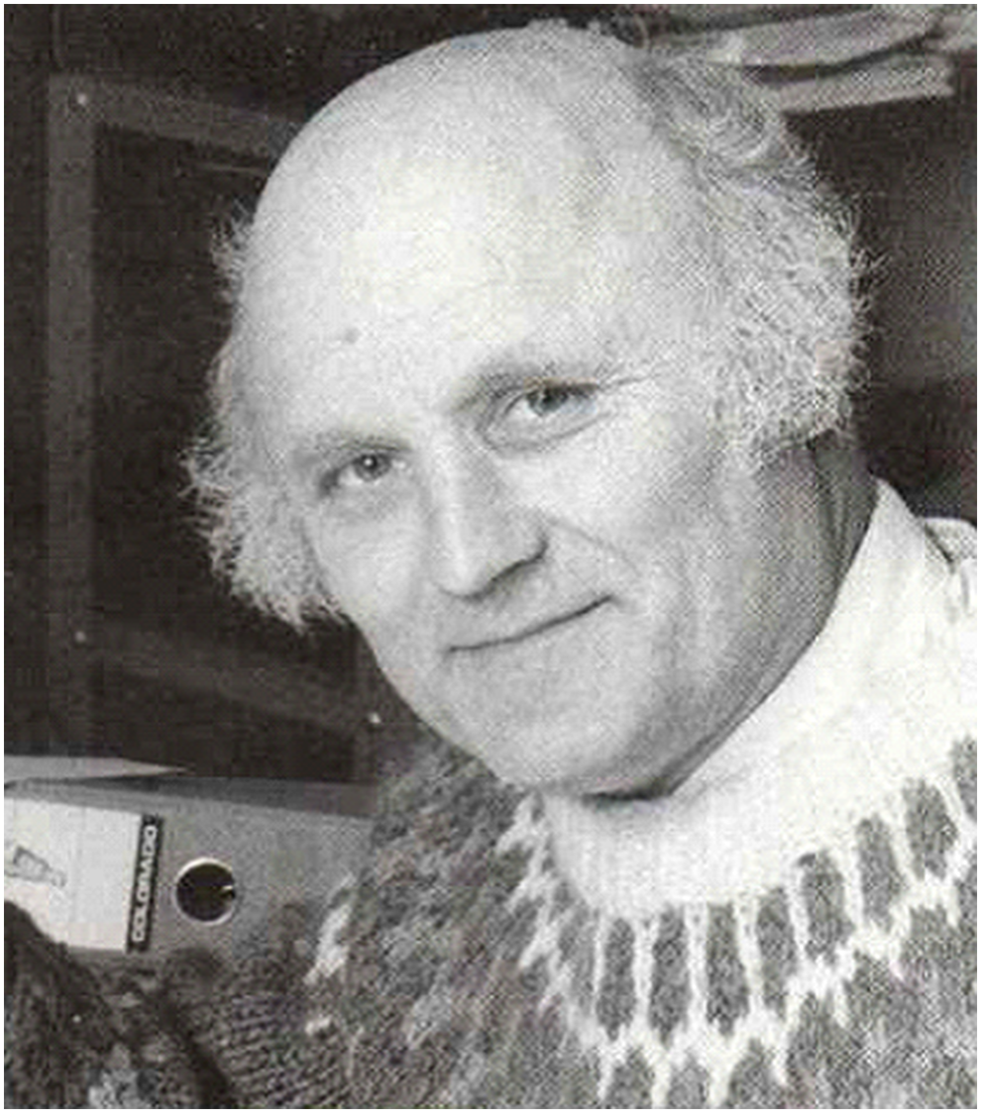
Egil Robert Ørskov was born on 24 March 1934 in Herning, West Jutland, Denmark, and passed away on 12 April 12 2021 in Aberdeen, Scotland. Bob Ørskov helped in his family dairy farm from early childhood, as a teenager he worked in farms nearby his hometown and he wanted to be a farmer. In 1958, he entered the Royal Veterinary and Agricultural University in Copenhagen and after completing his undergraduate studies, he started a doctorate in 1961 at the University of Reading in England, finishing in 1965. For his PhD, Bob Ørskov embarked in a research programme on the energetic efficiency of volatile fatty acids (VFA) by growing sheep, concluding in a series of papers published in British Journal of Nutrition (BJN) that there were no differences in the efficiency of energy utilisation for the growth of different mixtures of salts of VFA. Bob Ørskov carried out postdoctoral work at the Animal Husbandry Research Division of the United States Department of Agriculture in Beltsville, Maryland, USA, under Dr. W.P. Flatt.
After completing his postdoctoral work, Dr. Ørskov was recruited in 1967 by Sir Kenneth Blaxter to work at the Rowett Research Institute in Aberdeen, Scotland, where he remained for most of his highly productive scientific career. He was gifted with an outstanding ability to develop innovative experimental techniques aimed to advance scientific knowledge of nutrition. He and Mr. Ian McDonald, a mathematician at the Rowett Institute, developed further the nylon bag technique and published a paper in which they proposed an equation, consisting of three parameters, that described the kinetics of rumen fermentation for assessing the nutritive value of ruminant feedstuffs. Bob Ørskov was a strong proponent of this easy-to-use technique which quickly reached wide application in many laboratories around the world. At about that same period, Bob Ørskov and his co-workers developed the intragastric infusion technique, a very ingenious and highly precise methodology for controlling energy and nitrogen supply to ruminants.
During those years, and using the intragastric infusion technique, Ebbe Storm (a PhD student) and Bob Ørskov established that the true digestibility of microbial nitrogen in the whole animal was 81 %. This was done by collecting large amounts of microbial mass from the rumen of sheep slaughtered in an abbatoir and infusing it back through an abomasal catheter in sheep fed by intragastric infusion of VFA. In another seminal paper with the intragastric infusion technique published in BJN, Bob Ørskov suggested that the major component of the heat increment of feeding (HIF) in sheep was due to physical activity (chewing and rumination) rather than to the dissimilation of the VFA in their known biochemical pathways in the cell. Indeed, this is a plausible explanation for the long debated issue of the origin of the HIF in ruminants which had fascinated scientists including Oskar Kellner, Samuel Brody, Max Kleiber and Kenneth Blaxter and which remains a controversial issue today. During the middle eighties and early nineties of last century, Bob Ørskov took on the challenge of developing the purine derivative technique to predict the flow of microbial nitrogen to the small intestine of ruminants based on the amounts of purine derivatives (allantoin, xantine, hypoxantine and uric acid) excreted in the urine. This provided a useful non-invasive and inexpensive technique to better understand nitrogen metabolism in ruminants.
Bob Ørskov was awarded the Order of the British Empire (OBE) in 1987. He displayed a cool and critical intellect and contributed to the establishment of the Agricultural Research Council report on ‘The Nutrient Requirements of Ruminant Livestock’ published in 1980. At the staff talks of the Rowett Institute, Dr. Ørskov was outspoken in his quest for understanding the many issues involved in ruminant energy and nitrogen metabolism. During his seminars, he liked to present and discuss with students, visitors and technicians his perceptions of animal production systems of the many developing countries he visited during his long scientific life on behalf of many agencies such as Overseas Development Administration, The British Council, Danish International Development Agency, Food and Agricultural Organization of the United Nations, International Atomic Energy Agency, among many others.
Professor Ørskov attended his mixed cattle and sheep farm at Craigie Park, nearby Aberdeen in his spare time where he enjoyed discussions with his many students and visitors. Bob Ørskov loved his family: Joan his wife and their children Kirsti, Kris and Torben; Joan drew some of the illustrations in his books. He travelled the world advising governments, consultants, scientists and farmers on the most efficient ways to feed ruminants, particularly in developing countries. He enjoyed music very much, and he was always the first to hit the floor to dance energetically with his peculiar dancing steps. Professor Egil Robert Ørskov, OBE, will be missed by the global community in animal science, but his remarkable scientific legacy in the field of ruminant energy and nitrogen metabolism will endure the test of time.





